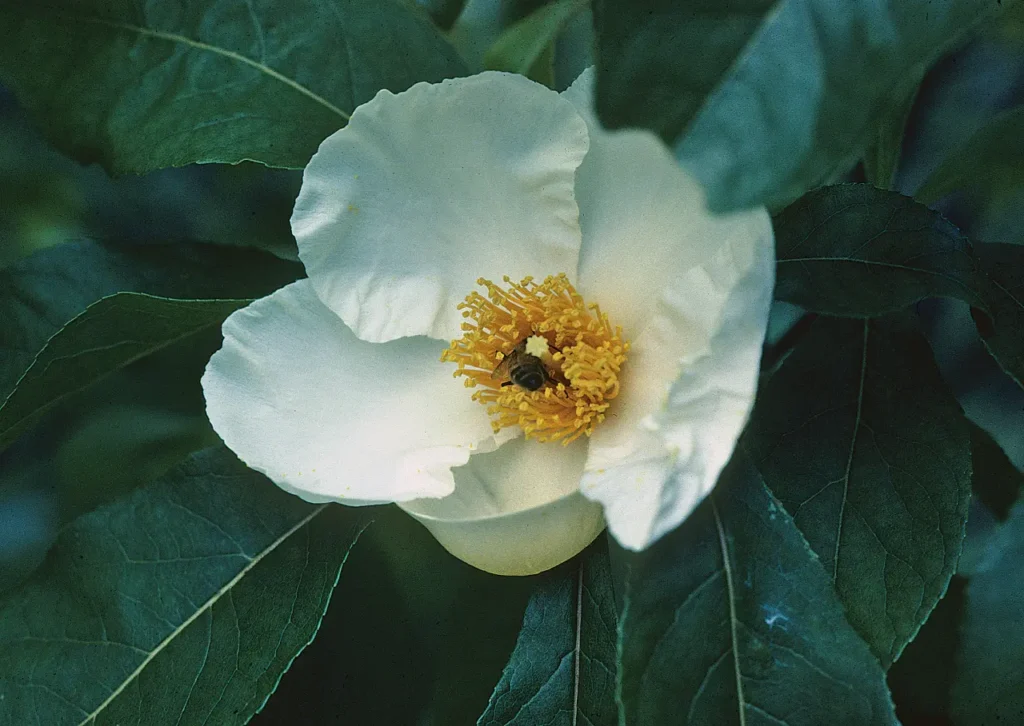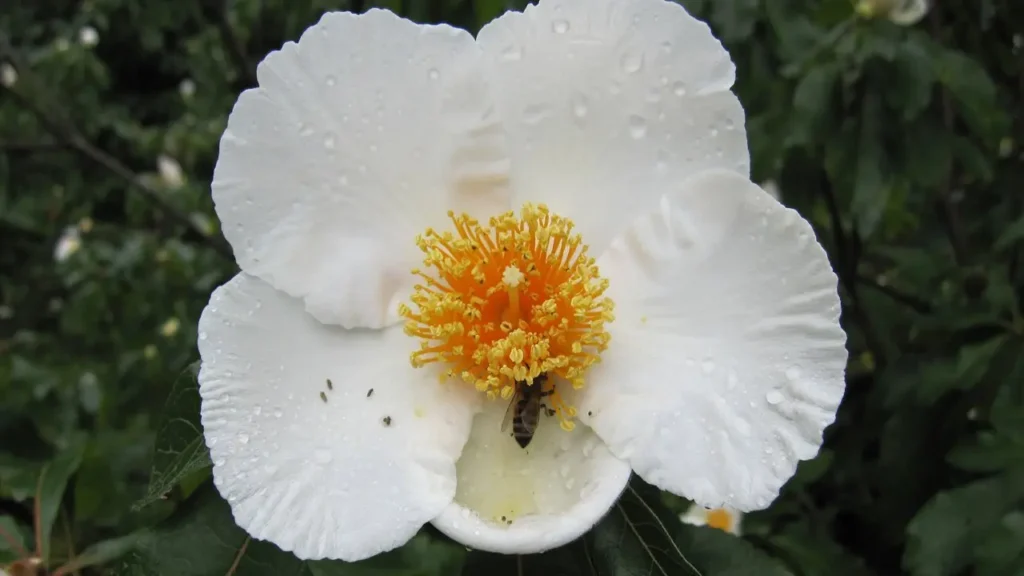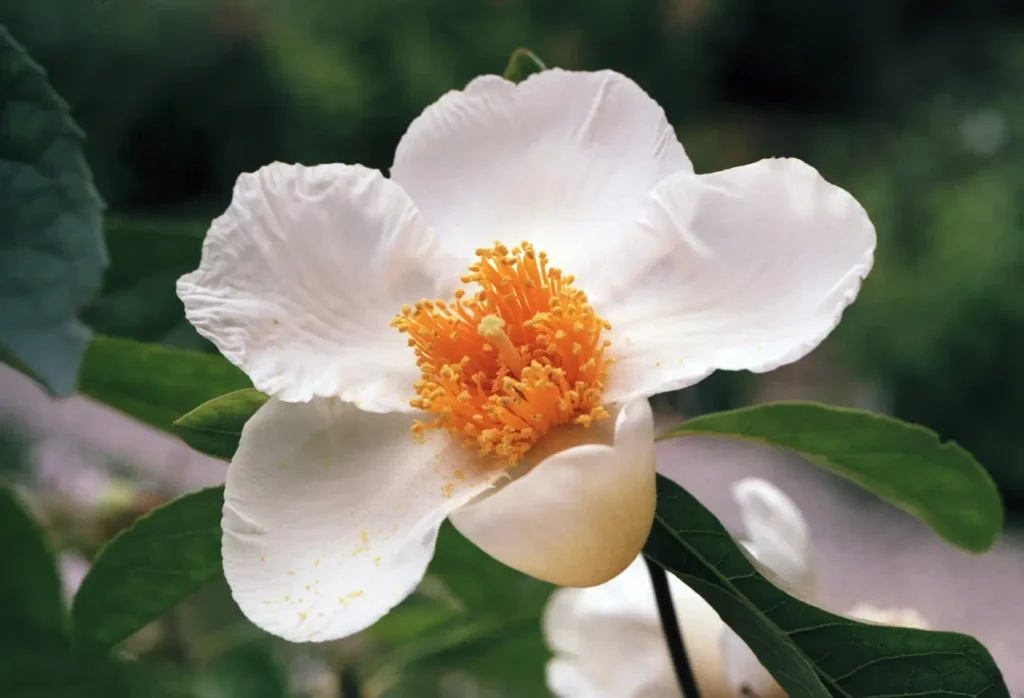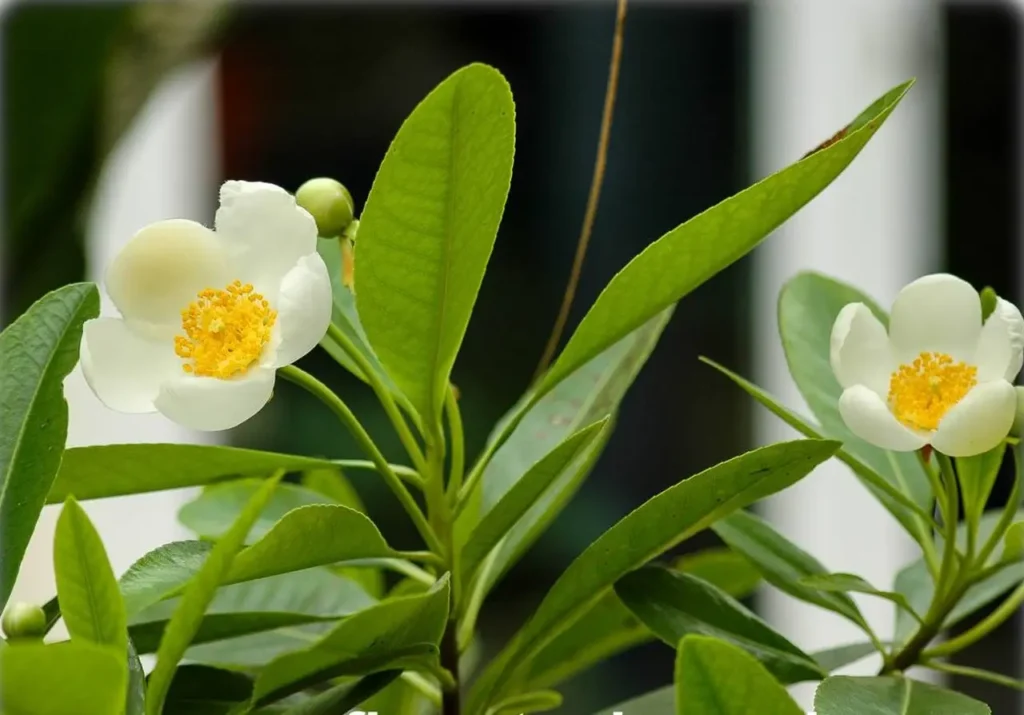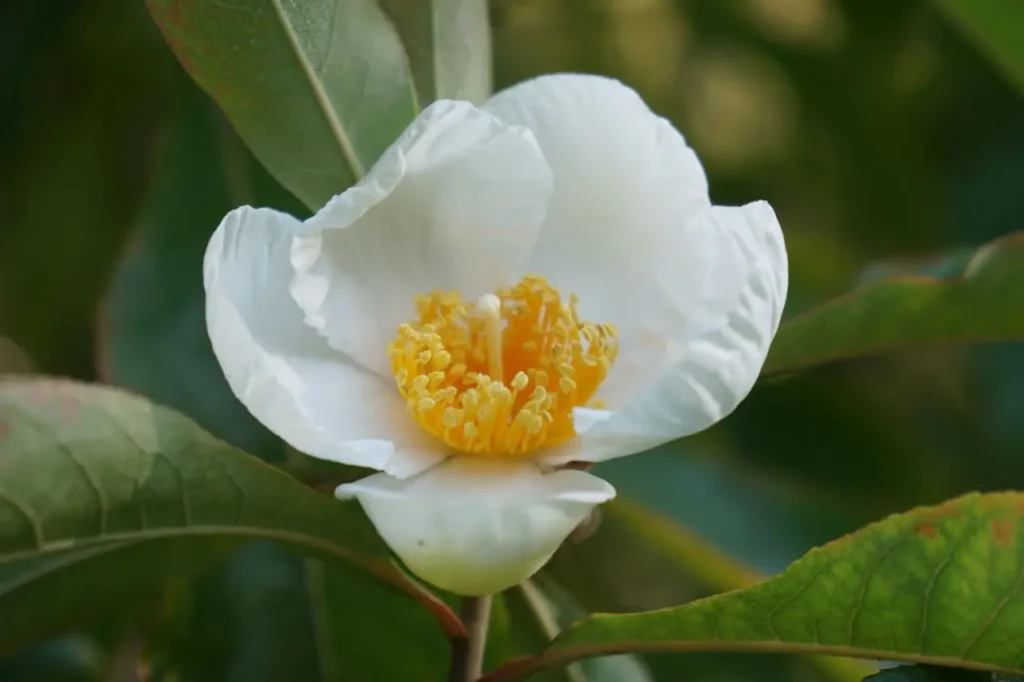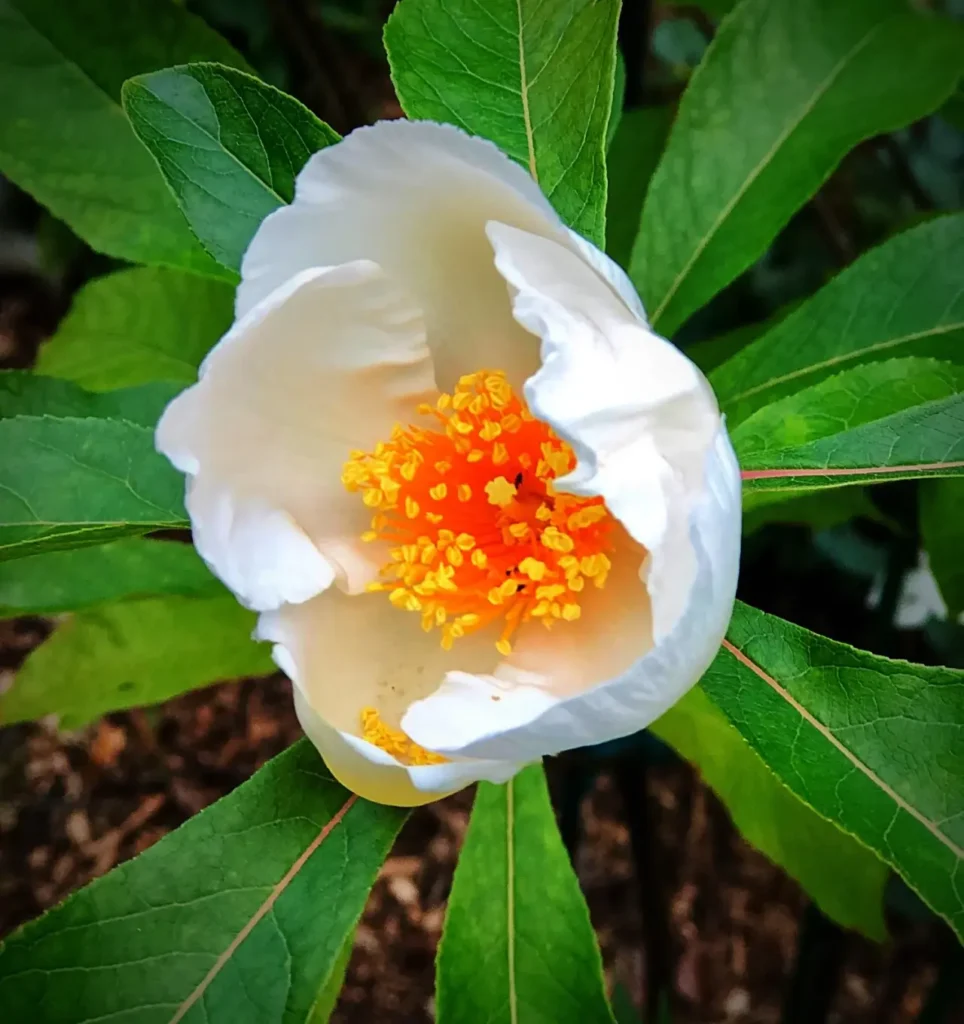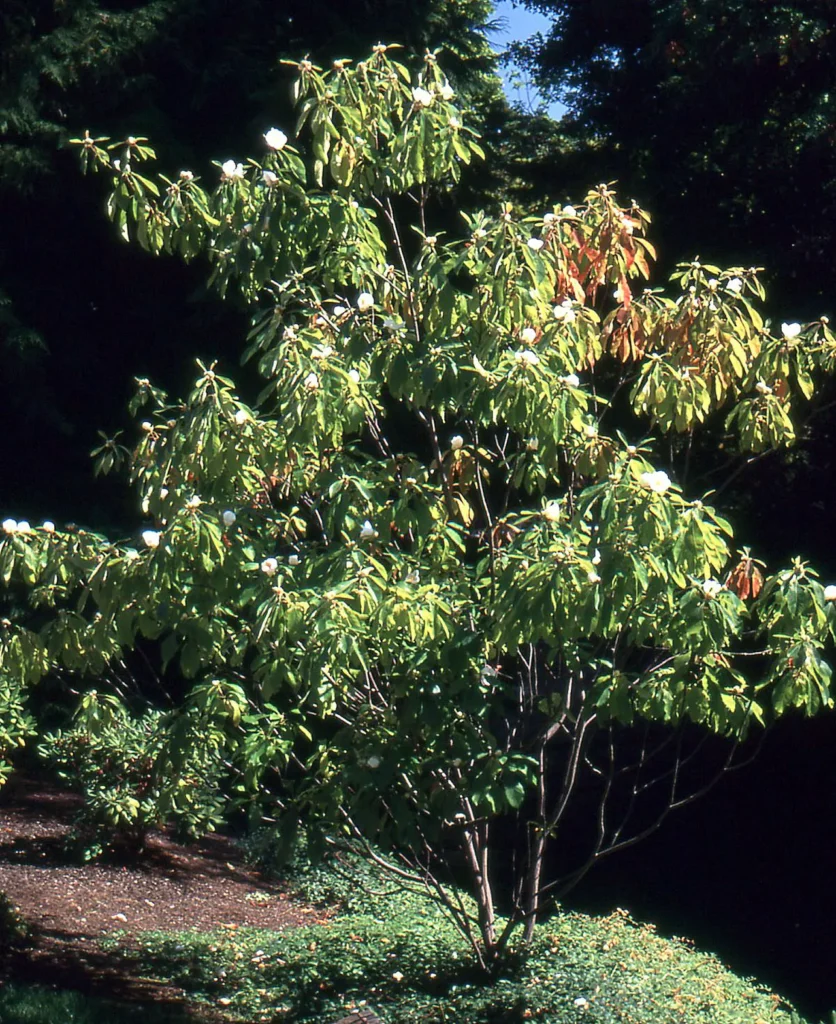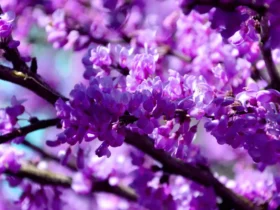In the annals of botanical history, a tree shrouded in mystery and beauty once graced the woodlands of North America—the Franklinia alatamaha. This captivating tree, with its striking flowers and unique origin, captured the imagination of early botanists and plant explorers. However, today, the Franklinia alatamaha exists solely as a memory, as it has not been seen in its native habitat for centuries. Join us as we uncover the intriguing tale of the Franklinia alatamaha, a lost tree that continues to fascinate and intrigue botanical enthusiasts to this day.
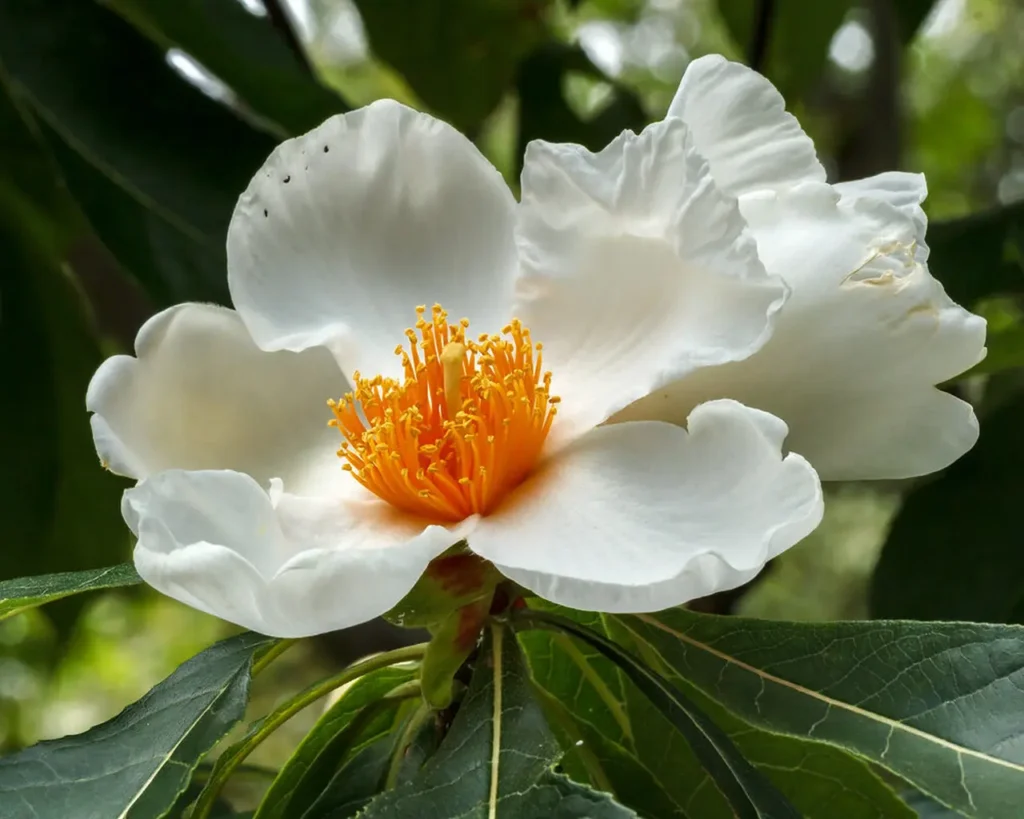
Discovery and Naming
The Franklinia alatamaha was first discovered by the famed botanist John Bartram and his son William Bartram during their plant exploration journeys in the southeastern United States in the mid-18th century. In 1765, the Bartrams encountered this beautiful tree along the banks of the Altamaha River in present-day Georgia.
They were so captivated by the tree’s exquisite flowers and glossy foliage that they collected seeds and specimens to bring back to their garden in Philadelphia. The tree was named in honor of John Bartram’s close friend and fellow botanist, Benjamin Franklin, a founding father of the United States.
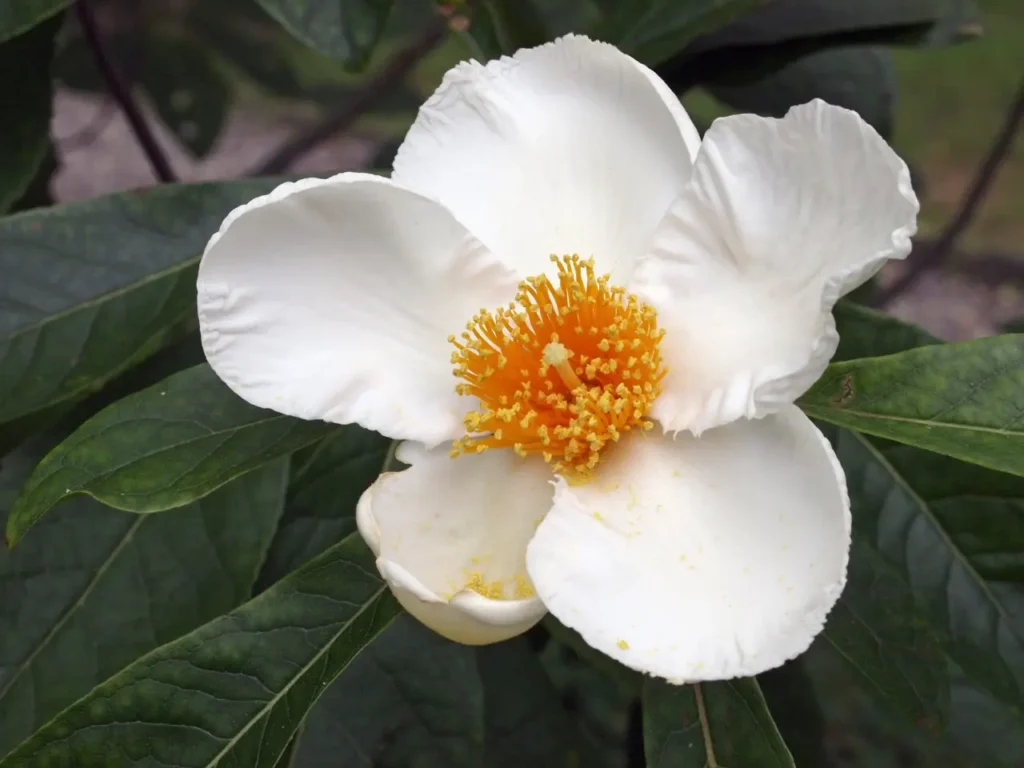
Extinction in the Wild
Although the Franklinia alatamaha thrived in the Bartrams’ garden, it was never found again in the wild after their initial discovery. Despite efforts by subsequent explorers to locate the tree in its native habitat, no living populations have been located since the late 18th century.
The exact reasons for the tree’s disappearance remain a mystery. Theories range from disease and habitat destruction to unknown ecological factors that led to its demise. Today, all Franklinia alatamaha trees in cultivation are descendants of the original seeds collected by the Bartrams.
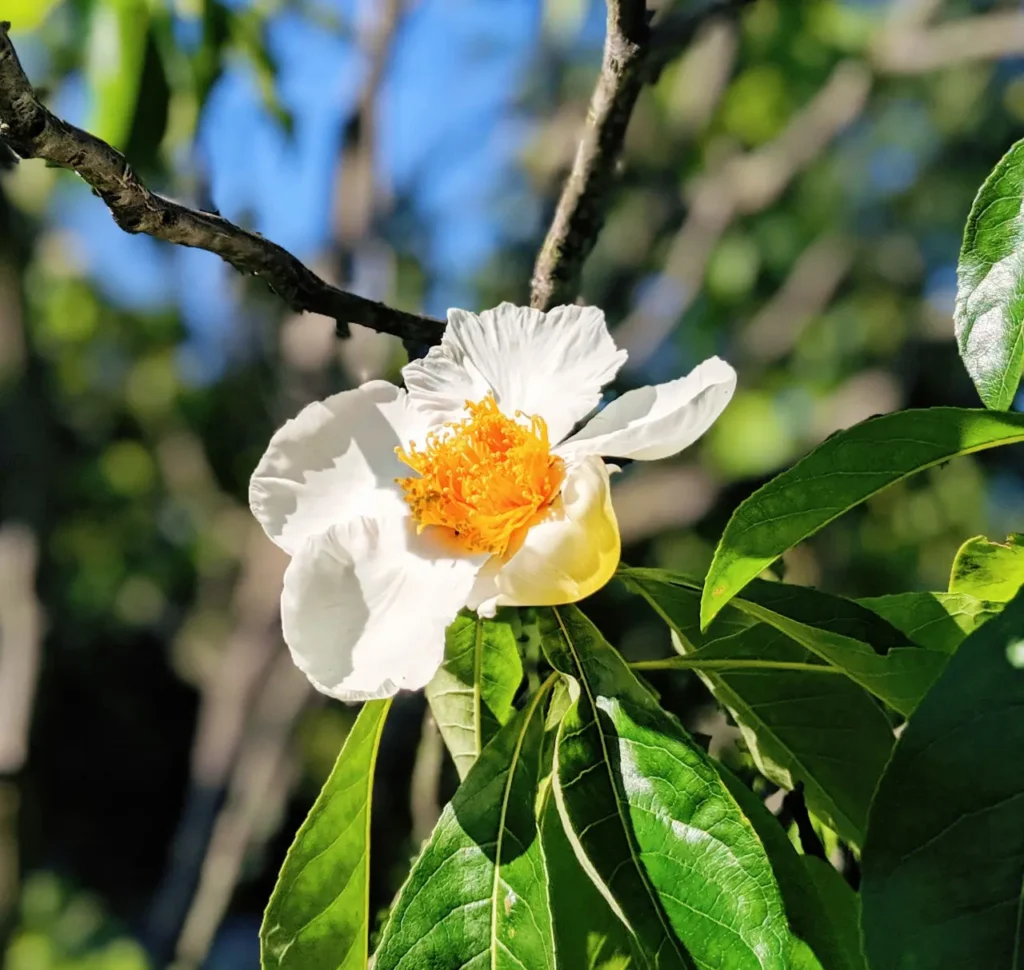
Description and Features
The Franklinia alatamaha was a small deciduous tree that grew up to 20 feet in height. It boasted beautiful, large, cup-shaped, white flowers with bright golden stamens, which would bloom in late summer and early autumn. The tree’s glossy, deep green leaves and attractive form made it a prized ornamental species in gardens.
The lack of living specimens in the wild has elevated the Franklinia alatamaha to a mythical status, making it an intriguing subject of interest and research for botanists, horticulturists, and plant enthusiasts.

Conservation Efforts
Though extinct in the wild, the Franklinia alatamaha survives through cultivated specimens in botanical gardens, arboretums, and private collections. Conservation efforts continue to propagate and preserve this enigmatic tree, ensuring that its genetic legacy endures for future generations to appreciate.
Franklinia alatamaha serves as a symbol of the importance of plant exploration, documentation, and conservation. Its history reminds us of the fragility and vulnerability of species in the face of environmental changes and human impact, urging us to protect and preserve the natural treasures of our world.

A Living Tribute
Though lost to the wild, the Franklinia alatamaha remains a living tribute to the spirit of discovery and exploration that defines the realm of botany. Its legacy lives on through the efforts of botanists, horticulturists, and conservationists who continue to propagate and cherish this extraordinary tree.
As we reflect on the tale of the Franklinia alatamaha, we are reminded of the wonders that await discovery in nature’s hidden corners. May this lost tree inspire us to explore, protect, and celebrate the botanical treasures of our world, preserving the beauty and mystery of species that have shaped our understanding of the natural world.
